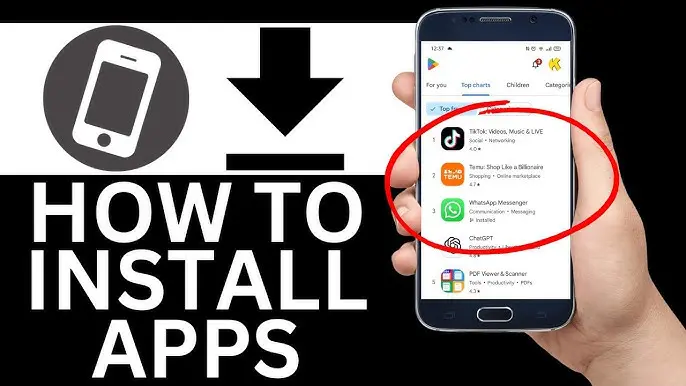How to Download and Install Apps Safely
-
How To

How to Download and Install Apps Safely
Apps make our phones and computers more useful but downloading from the wrong place can put your device…
Read More »

Apps make our phones and computers more useful but downloading from the wrong place can put your device…
Read More »